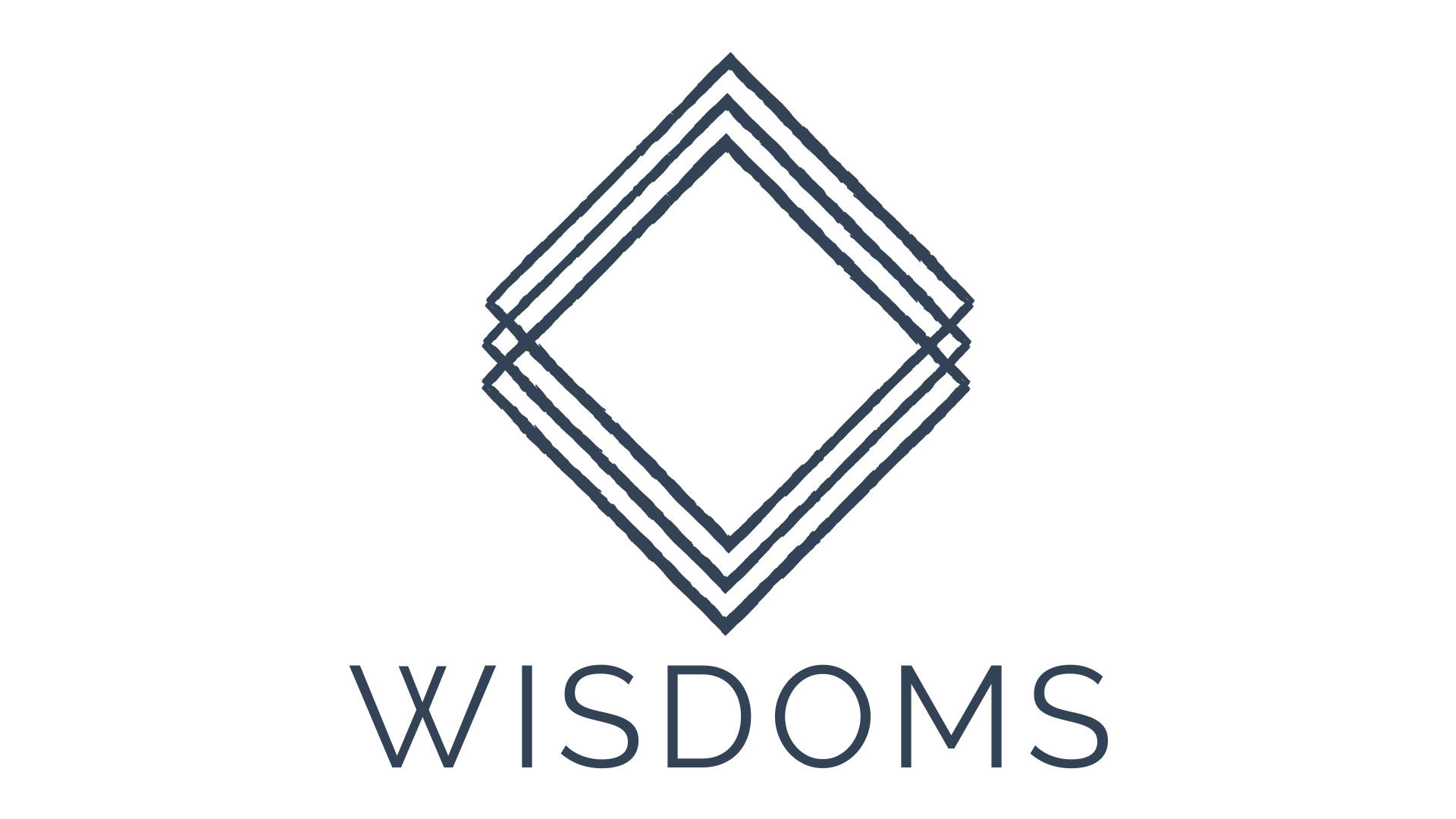To gain perspective is to have “the faculty of seeing all the relevant data in a meaningful relationship” — Dictionary.com
This seems a meaningful thing to be able to do in the face of problems we haven’t solved yet.
The journey to getting perspective is about:
- stepping back in order to achieve some degree of objectivity;
- considering as many different angles as possible;
- generating fresh ideas and a variety of options;
- gaining new insight by exploring what is possible and what is helpful in the circumstances.
Therefore, how can you move forward by piecing together us much information as you can, by viewing the situation in different ways, and making your choices accordingly?
Here are three questions to help you get perspective:
1. What is in my control?
Adapted from Stephen Covey’s model in 7 Habits of Highly Effective People here is a way of getting perspective based on what you can control, influence or is an area of concern.
Area of Control
These are actions and behaviours over which you have direct control. What can you do in the circumstances? What power and resources do you have at your disposal to impact or change the situation? These include what you do, what you think, what you read, what you say, what you buy, what skills you have or can earn, to name a few.
Area of Influence
These are actions and behaviours over which you have no direct control but you can influence. How can you work with people, use persuasion, negotiation or your network to change the view or develop new ideas about the situation? For example, you may not be able to control what people think about you, but you can influence their perceptions of you by your appearance, behaviour and people skills.
Area of Concern
These are actions and behaviours over which you have no direct control or influence but which concern you. These encompass a wide range of areas from your children’s education to global warming, from the economy to if the rain will hold until after your picnic.
In a sense there is almost no person you can’t influence if you can link your circle of influence with another and theirs with another, thus creating exponential numbers of contacts. Oh wait, we now have multi-billion dollar businesses based on this concept!
The advantage of getting perspective by checking what is actually in your control versus what is an area of concern is that you can prioritize your thoughts and actions. You focus on what you can actually do something about, rather than wasting time and emotional energy on what you cannot change. This question is about slicing through the various dynamics of a situation to hone in on where you are likely to get results.
2. What choices do I have?
This question is about brainstorming possibilities and then trying and testing the best ideas. You want to develop a range of choices to know what options are at your disposal.
Here are four ways to generate ideas, breaking through thought patterns in which you are stuck:
Challenge Assumptions
Write down what your current assumptions are around the issue, problem, or conflict. Now test these assumptions. How true or verifiable are they? How could you see this difficulty from a different point of view?
One of the reasons we often get stuck with a problem is our assumption that we can either solve it in this way or this other way. Split between two opposing options that are equally good, or have equally bad risks, leaves us at a stalemate. The question then to ask is, how can we do both? In what way could you manage this dilemma by following through with the one option and the other option?
In his book Built to Last, Jim Collins and his team identify a practice that successful companies did that less excellent companies did not. This is how he expressed it, “Instead of being oppressed by the ‘Tyranny of the OR,’ highly visionary companies liberate themselves with the ‘Genius of the AND’ — the ability to embrace both extremes of a number of dimensions at the same time. Instead of choosing between A OR B, they figure out a way to have both A AND B.”
Reword the Problem
Stating the problem differently often leads to fresh thoughts. To reword the problem look at the issue from different angles. “Why do we need to solve the problem?”, “What’s the roadblock here?”, “What will happen if we don’t solve the problem?”
The emphasis here is on the question. When you ask different questions you tend to find different answers. Tony Robbins makes this observation, “Quality questions create a quality life. Successful people ask better questions, and as a result, they get better answers.”
Think in Reverse
If you feel you cannot think of anything new, try turning things upside-down. Instead of focusing on how you could solve a problem or improve the relationship or resolve the conflict, consider how you could create a bigger problem, worsen the relationship, increase the conflict. The reverse ideas will re-engineer your usual pattern of thinking and set an alternative flow of ideas.
Express yourself through different media
We have multiple intelligences. We don’t only need to rely on our verbal reasoning ability. How about expressing the challenge through different media? Clay, music, word association games, paint are all ways of engaging and accessing different parts of our brain.
This exercise is not so much about solving the challenge but expressing how we feel about it and what it would look like if we were to symbolize it in some way. Releasing or expressing the creative and emotional part of ourselves can trigger an unexpected awareness of something we hadn’t previously considered.
These ideas are based on concepts taken from Mind Tools.
3. What are the consequences?
This last question is about reviewing the possible consequences of any choices or actions you may take. It is about getting perspective through the lens of time.
Suzy Welch has what she calls “The Rule of 10–10–10”. This is what she says:
“Here’s how it works. Every time I find myself in a situation where there appears to be no solution that will make everyone happy, I ask myself three questions:
What are the consequences of my decision in 10 minutes?
In 10 months?
And in 10 years?”
We get perspective from stepping back and reflecting on the complication we’re facing. Checking our assumptions; experimenting with different, creative ways of unblocking our thinking and allowing new ideas to flow; and, putting ourselves in different time frames to think through consequences, are three ways to practice perspective.

